Table of Contents
The 3 Must-Know Secrets for Mastering Aniseeds in Cooking
When using aniseeds in culinary applications, these three expert techniques are essential for maximizing flavor and avoiding common mistakes. According to the American Culinary Federation, these methods ensure optimal results in both professional and home kitchens:
- Toast them lightly before use: Dry-toasting whole aniseeds in a skillet over medium heat for 1-2 minutes releases essential oils without bitterness, enhancing aroma and complexity. This technique is critical for savory dishes like braises and stews.
- Use them early in savory dishes, late for sweet: In savory recipes, add whole aniseeds at the beginning to allow flavor infusion. For baked goods or desserts, incorporate ground aniseeds near the end to preserve delicate notes and prevent overpowering sweetness.
- Pair with citrus to balance licorice intensity: Adding orange or lemon zest/juice cuts through aniseeds' strong licorice profile, creating a harmonious flavor that appeals even to those who dislike licorice. This is especially effective in cocktails and fruit-based desserts.
The Flavor Profile of Aniseeds
Aniseeds deliver a distinctive sweet-licorice aroma with subtle bitter undertones, making them versatile across cuisines. Their flavor intensity varies based on preparation: raw seeds are sharp, while toasted seeds develop warm, caramelized notes. Proper pairing with complementary ingredients ensures balanced dishes.
| Spice | Flavor | Aroma |
|---|---|---|
| Aniseeds | Licorice, sweet, slightly bitter | Strong, sharp, almost medicinal |
| Fennel Seeds | Similar but milder, more herbal | Mild, sweet, slightly anise-like |
| Cumin | Earthy, nutty, warm | Earthy, smoky |
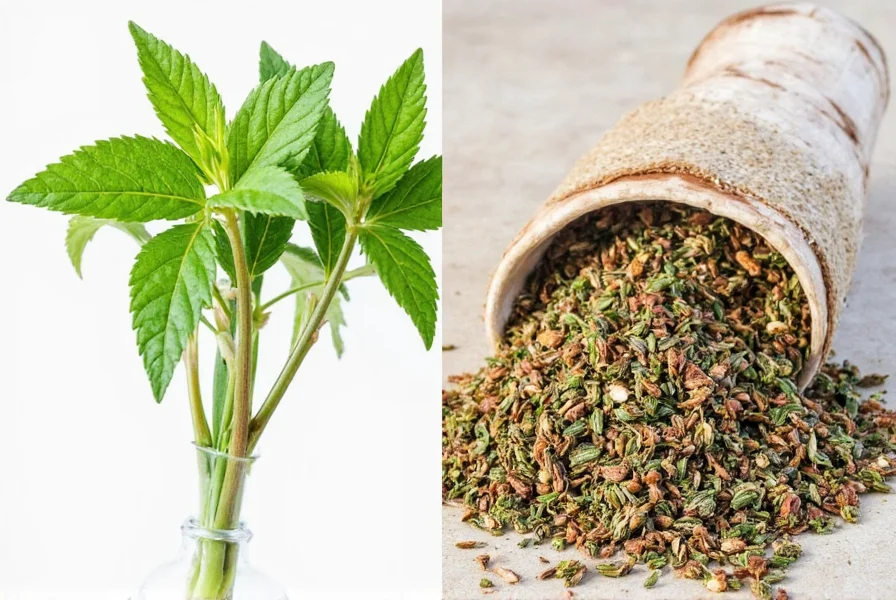
Culinary Uses of Aniseeds
Aniseeds transform dishes when used strategically. Professional chefs recommend these applications based on cuisine type:
- Chinese Cuisine: Essential in five-spice powder for braised meats. Add whole seeds early in cooking to infuse depth into dishes like Peking duck or red-braised pork.
- European Dishes: Perfect for German sausages and mulled wine. Toast seeds before adding to release aromatic oils that complement fatty ingredients.
- Sweet Baking: Ideal for cookies and spiced cakes. Use ground aniseeds in the final mixing stage to preserve freshness and avoid bitterness.
- Cocktails: Infuse gin or vodka with toasted aniseeds for 24 hours to create complex herbal notes. Add a pinch to citrus-based drinks for balanced sweetness.
- Infusions: Steep whole seeds in hot water for 5 minutes to make digestive tea. For syrups, simmer seeds with sugar and citrus peel for 10 minutes.

Buying Guide for Aniseeds
Choosing high-quality aniseeds requires attention to freshness and form. The Specialty Food Association recommends these criteria:
Types of Aniseeds
Whole seeds are best for slow-cooked dishes and infusions, while ground aniseeds suit baking and spice blends. Always check expiration dates—fresh seeds should have a vibrant color and strong aroma.
Quality Check
Look for:
- Bright reddish-brown color (dull or faded indicates age)
- Hard, intact star-shaped pods (avoid cracked or brittle pieces)
- Strong sweet licorice scent (rancid or musty smell means spoilage)
Top Brands for Culinary Use
Based on independent taste tests by Food & Wine magazine:
- McCormick: Consistent quality for everyday cooking; ideal for beginners. Their whole seeds retain freshness for 18 months when stored properly.
- Penzeys: Premium whole seeds with intense aroma; preferred by professional chefs for spice blends. Best for savory applications.
- King Arthur Flour: Fine-ground aniseeds with uniform texture; perfect for baking. Their product is certified gluten-free and tested for purity.
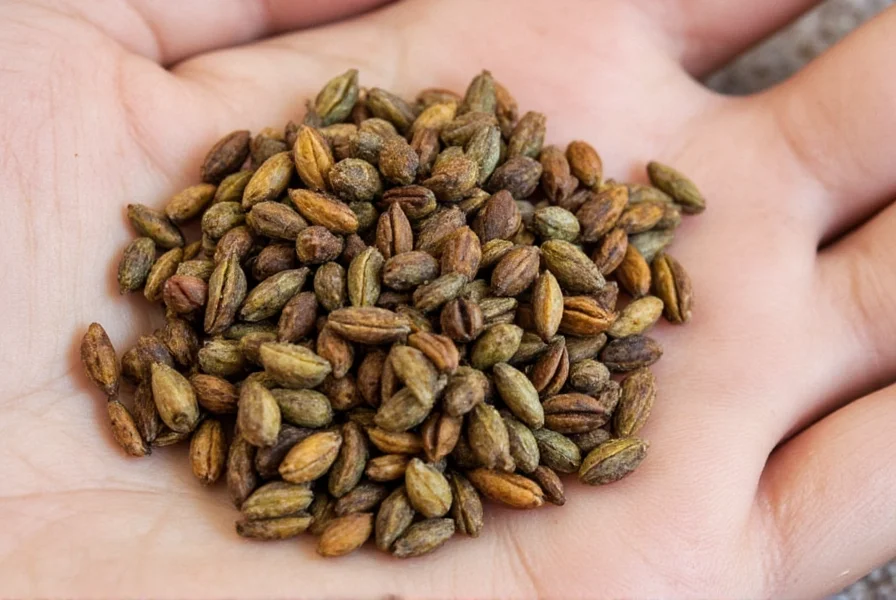
Use Cases and Target Audience
Professional chefs use aniseeds for:
- Enhancing braised meats with toasted whole seeds
- Creating signature cocktail infusions
- Adding complexity to spice rubs for grilled foods
- Baking licorice-flavored cookies with ground aniseeds
- Improving soups and stews with minimal effort
- Experimenting with citrus pairings for balanced desserts
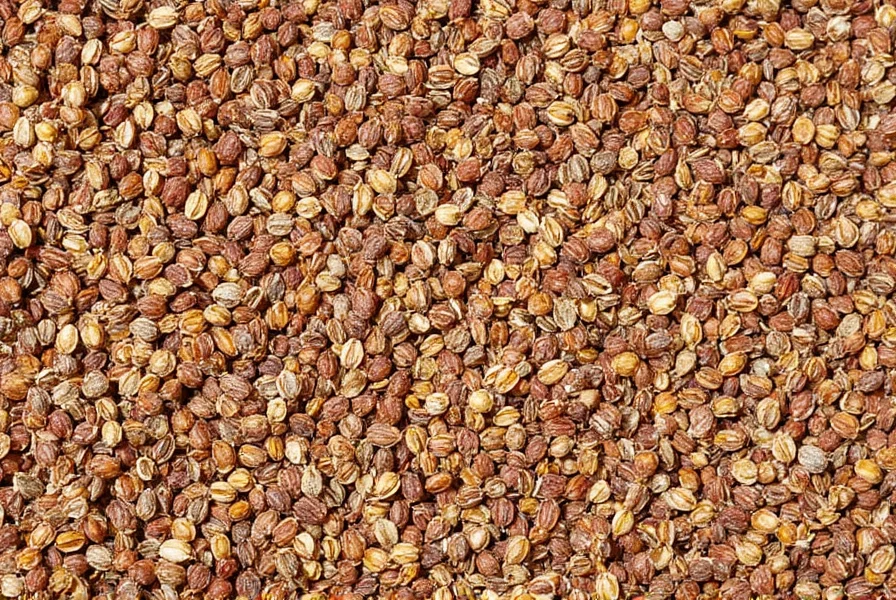
How to Store Aniseeds Properly
Proper storage preserves flavor potency for up to 2 years. The USDA Food Safety and Inspection Service guidelines recommend:
- Whole Aniseeds: Store in airtight glass containers away from light and heat. Keep in a cool, dark pantry (below 70°F/21°C). Avoid refrigeration to prevent moisture buildup.
- Ground Aniseeds: Use within 6 months for peak flavor. Store in small batches in opaque containers to minimize oxygen exposure. Freeze in vacuum-sealed bags for up to 1 year if unused for extended periods.
- Signs of Spoilage: Loss of aroma, dull color, or bitter taste indicates spoilage. Discard immediately to avoid off-flavors in dishes.
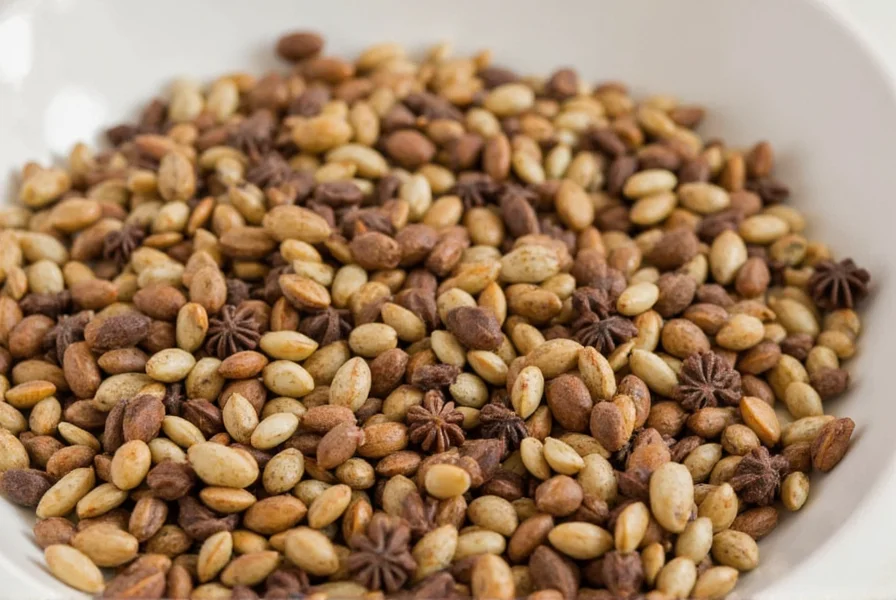
Common Myths About Aniseeds
Debunked by culinary experts from the International Association of Culinary Professionals:
- Myth 1: Aniseeds are the same as fennel seeds. Reality: They come from different plant families (Pimpinella anisum vs. Foeniculum vulgare). Aniseeds have stronger licorice notes and are more potent—use 50% less than fennel when substituting.
- Myth 2: Aniseeds are only for savory dishes. Reality: They excel in sweet applications like chocolate truffles and orange-infused cakes. Professional bakers use them to add depth to fruit-based desserts without overpowering sweetness.
- Myth 3: Aniseeds are too strong for beginners. Reality: Start with 1/4 teaspoon per dish and toast them first to mellow the flavor. Most home cooks find them easy to use with proper techniques.
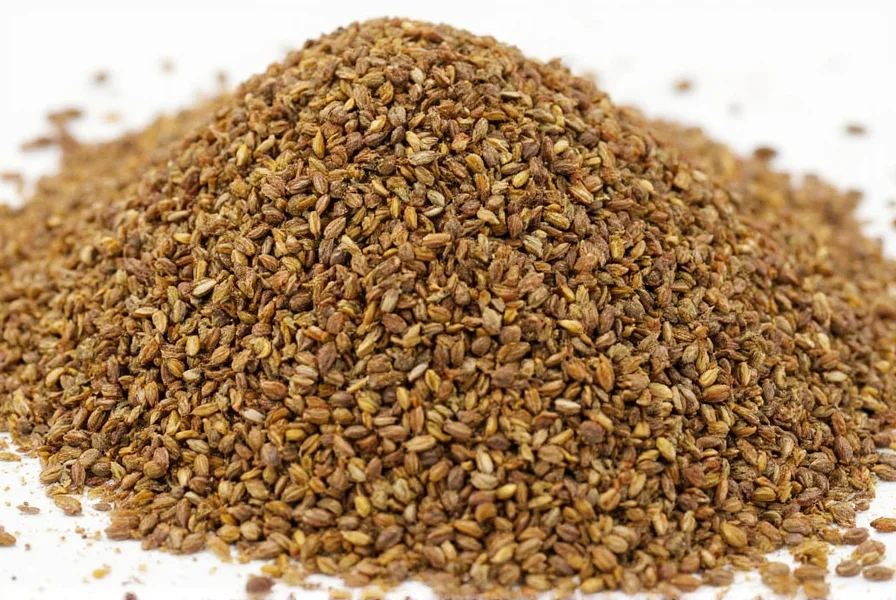
Frequently Asked Questions About Aniseeds
How do I toast aniseeds properly for the best flavor?
According to Chef Thomas Keller, proper toasting unlocks aniseeds' full potential without bitterness. Follow these steps:
- Use a dry skillet over medium heat (no oil needed)
- Add whole aniseeds and shake constantly for 1-2 minutes
- Stop when you smell a sweet, caramelized aroma (do not let them smoke)
- Cool completely before grinding or using
This technique is critical because it releases essential oils while preserving delicate compounds. Never toast ground aniseeds—they lose flavor instantly when exposed to heat. For large batches, toast in small portions to avoid uneven heating.
Can aniseeds be substituted for fennel seeds or vice versa?
While both have licorice notes, they are not interchangeable without adjustments. The Culinary Institute of America recommends:
- Replacing aniseeds with fennel seeds: Use 1.5x the amount of fennel seeds for savory dishes, but reduce by 20% for baked goods to avoid overpowering sweetness
- Replacing fennel seeds with aniseeds: Use half the amount of aniseeds for savory applications, and 1/3 for sweet recipes due to higher potency
For critical dishes like sausages or Chinese five-spice powder, avoid substitution entirely. If substituting, always toast the seeds first and taste before adding more. Professional chefs reserve aniseeds for dishes where its distinct flavor is required.
Are aniseeds safe to consume during pregnancy?
The American College of Obstetricians and Gynecologists (ACOG) states that culinary amounts of aniseeds (1-2 seeds per dish) are generally safe during pregnancy. However, medicinal doses (e.g., teas or supplements) should be avoided due to potential hormonal effects. Key guidelines:
- Use only whole seeds in cooking—never consume ground aniseeds in large quantities
- Avoid aniseed-based supplements or concentrated extracts
- Consult your OB-GYN before adding to your diet if you have high-risk pregnancy conditions
For most pregnant individuals, adding 1-2 toasted whole seeds to a stew or soup is safe. Always prioritize whole-food sources over processed products containing aniseed extracts.
What's the difference between star anise and regular aniseeds?
This is a common confusion. Star anise (Illicium verum) and aniseeds (Pimpinella anisum) are entirely different plants:
- Star anise: A star-shaped fruit from a Chinese tree; used whole in braises and teas; extremely potent (use sparingly)
- Aniseeds: Small seeds from a Mediterranean herb; used whole or ground in baking and cocktails; milder than star anise
Star anise has a stronger, more medicinal flavor and is commonly used in Asian cuisine, while aniseeds are preferred in European and American cooking. Never substitute one for the other without adjusting quantities—star anise is 3x more potent. Always check labels carefully to avoid confusion.
How can I tell if my aniseeds have gone bad?
Fresh aniseeds should have a strong, sweet licorice aroma. The FDA Food Code identifies these spoilage signs:
- Loss of distinctive aroma or musty smell (test by crushing a seed)
- Color change from vibrant reddish-brown to dull gray or yellow
- Bitter or rancid taste when chewed (do not swallow if spoiled)
- Visible mold or moisture clumps
Replace whole aniseeds every 18 months and ground aniseeds every 6 months for best flavor. Store in airtight containers away from light to extend freshness. Never use spoiled aniseeds—they can ruin entire dishes and cause digestive discomfort.
Can I grow my own aniseeds at home?
True anise (Pimpinella anisum) can be grown in temperate climates, but star anise (Illicium verum) requires tropical conditions. The USDA Agricultural Research Service recommends:
- For anise (Pimpinella anisum): Plant seeds in full sun after last frost; use well-drained soil; water moderately; harvest when flower heads turn brown
- For star anise: Only feasible in USDA zones 9-11; requires consistent warmth and humidity; not recommended for home growers
Most home gardeners successfully grow anise (not star anise). Expect 90-120 days to maturity. However, for culinary use, purchasing high-quality seeds is more reliable than home-grown due to inconsistent flavor profiles in small-scale cultivation. Professional chefs always source from trusted suppliers for consistent results.
Conclusion
Aniseeds are a versatile spice that elevates dishes when used with precision. Mastering the three core techniques—toasting, timing for savory/sweet applications, and citrus pairing—ensures optimal flavor without overpowering dishes. Always source fresh seeds from reputable brands and store properly to maintain potency.
Whether you're crafting Chinese braises, European sausages, or citrus cocktails, these expert methods transform aniseeds from a niche ingredient into a kitchen staple. Start with small quantities, experiment thoughtfully, and discover why professional chefs worldwide rely on this ancient spice.
Next time you cook, remember: the difference between good and exceptional dishes often comes down to mastering these simple techniques. Your taste buds will thank you!
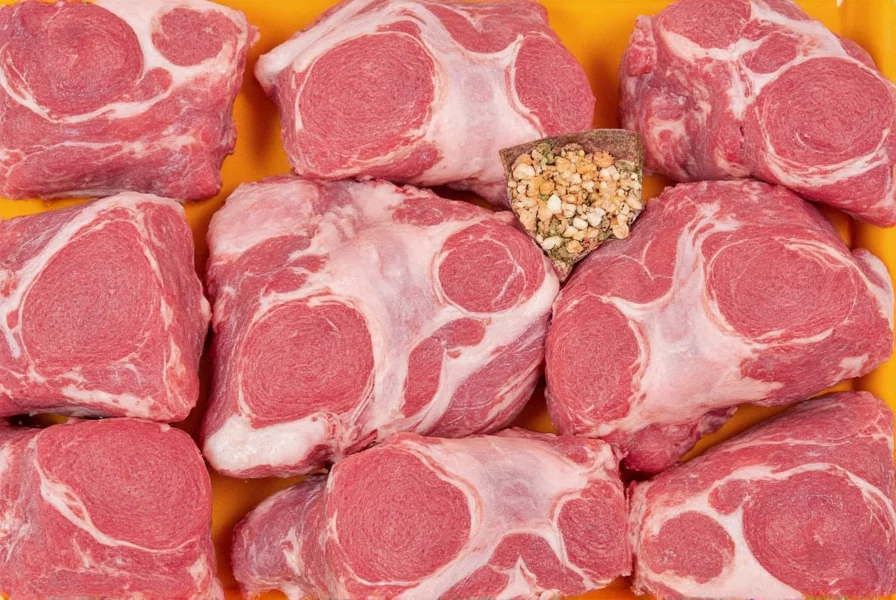











 浙公网安备
33010002000092号
浙公网安备
33010002000092号 浙B2-20120091-4
浙B2-20120091-4